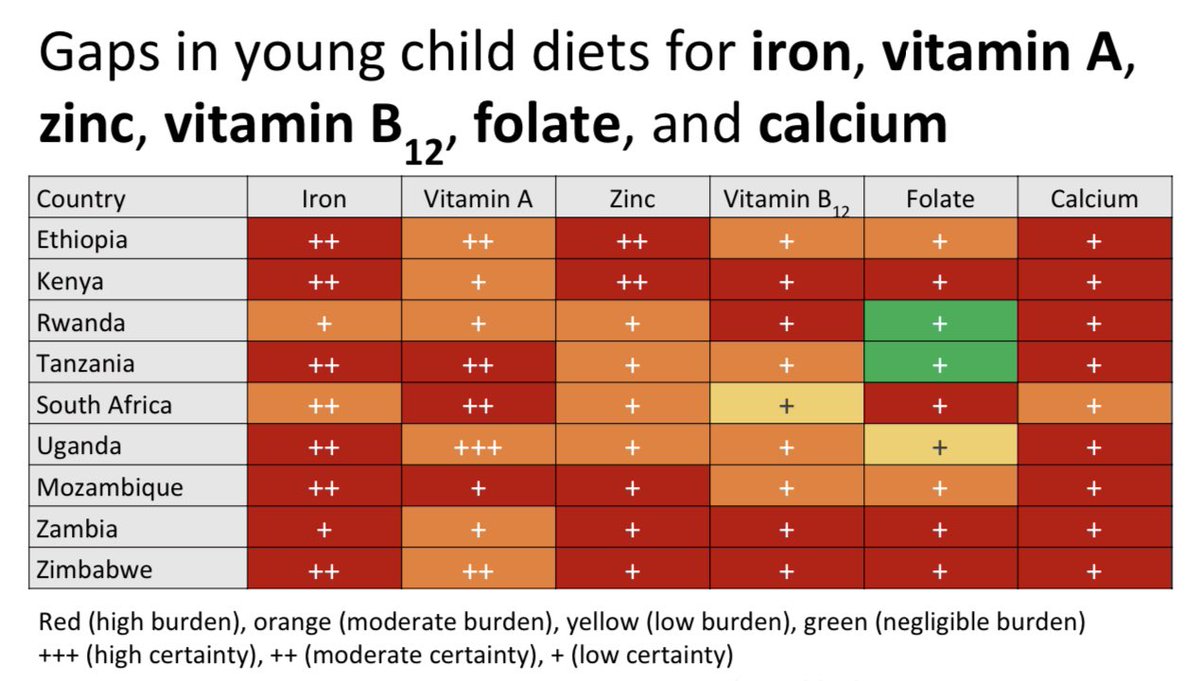
Excellent podcast with @NutritionDanny and @KevinH_PhD
Love Kevin’s advice at the end: love each other, exercise, and limit ultra-processed foods
sigmanutrition.com/episode376/
Love Kevin’s advice at the end: love each other, exercise, and limit ultra-processed foods
sigmanutrition.com/episode376/
Important distinctions between the two groups in this study: the low-carb diet had nearly double the energy density (2.1 v 1.1), lower fiber (9 g v 31 g), & a higher proportion of energy from ultra-processed foods (32% v 26%) compared with the low-fat diet.nature.com/articles/s4159…
Yet both groups lost weight, & there was no significant differences in weight loss or fat loss between the two groups. So I think most people could maintain a healthy body weight on a variety of macronutrient ratios, animal-to-plant-source food ratios, & diets. Diet quality key.
And of course, much higher sugar, carb, and glycemic index and load in the low-fat diet.
• • •
Missing some Tweet in this thread? You can try to
force a refresh










